Yurui Ming
Low-Light Image Restoration Based on Retina Model using Neural Networks
Oct 04, 2022



Abstract:We report the possibility of using a simple neural network for effortless restoration of low-light images inspired by the retina model, which mimics the neurophysiological principles and dynamics of various types of optical neurons. The proposed neural network model saves the cost of computational overhead in contrast with traditional signal-processing models, and generates results comparable with complicated deep learning models from the subjective perceptual perspective. This work shows that to directly simulate the functionalities of retinal neurons using neural networks not only avoids the manually seeking for the optimal parameters, but also paves the way to build corresponding artificial versions for certain neurobiological organizations.
Semantic Autoencoder and Its Potential Usage for Adversarial Attack
May 31, 2022
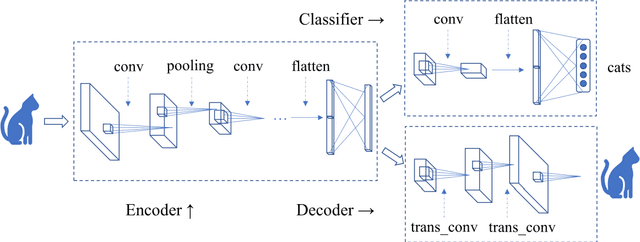

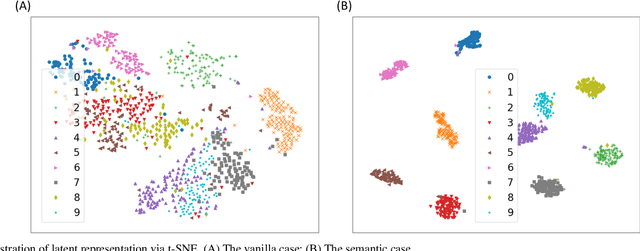
Abstract:Autoencoder can give rise to an appropriate latent representation of the input data, however, the representation which is solely based on the intrinsic property of the input data, is usually inferior to express some semantic information. A typical case is the potential incapability of forming a clear boundary upon clustering of these representations. By encoding the latent representation that not only depends on the content of the input data, but also the semantic of the input data, such as label information, we propose an enhanced autoencoder architecture named semantic autoencoder. Experiments of representation distribution via t-SNE shows a clear distinction between these two types of encoders and confirm the supremacy of the semantic one, whilst the decoded samples of these two types of autoencoders exhibit faint dissimilarity either objectively or subjectively. Based on this observation, we consider adversarial attacks to learning algorithms that rely on the latent representation obtained via autoencoders. It turns out that latent contents of adversarial samples constructed from semantic encoder with deliberate wrong label information exhibit different distribution compared with that of the original input data, while both of these samples manifest very marginal difference. This new way of attack set up by our work is worthy of attention due to the necessity to secure the widespread deep learning applications.
Coherence of Working Memory Study Between Deep Neural Network and Neurophysiology
Feb 06, 2021



Abstract:The auto feature extraction capability of deep neural networks (DNN) endows them the potentiality for analysing complicated electroencephalogram (EEG) data captured from brain functionality research. This work investigates the potential coherent correspondence between the region-of-interest (ROI) for DNN to explore, and ROI for conventional neurophysiological oriented methods to work with, exemplified in the case of working memory study. The attention mechanism induced by global average pooling (GAP) is applied to a public EEG dataset of working memory, to unveil these coherent ROIs via a classification problem. The result shows the alignment of ROIs from different research disciplines. This work asserts the confidence and promise of utilizing DNN for EEG data analysis, albeit in lack of the interpretation to network operations.
Truck-and-Trailer Backer-Upper problem using Cascaded Fuzzy Controllers
Oct 10, 2020



Abstract:In this paper we craft a cascaded fuzzy controlling system for the traditional Truck-and-Trailer Backer-Upper problem, which is a benchmarking for testing various intelligent controlling systems. Inspired by the most inclination of human operations, we decompose the original overall controlling problem into two sub-controlling problems. A first fuzzy controller which predicts the optimal deviation of the trailer leading to a most potential successful docking is designed based on previous work of other scholars, then a second fuzzy controller which maximizes such a potentiality is applied to the truck in an intuitive manner. The final simulation and results not only demonstrate the practicability of the approach proposed in this paper, but also exhibits the dramatic simplicity compared with previous work which try to optimize the system from overall perspective.
A General Approach for Using Deep Neural Network for Digital Watermarking
Mar 08, 2020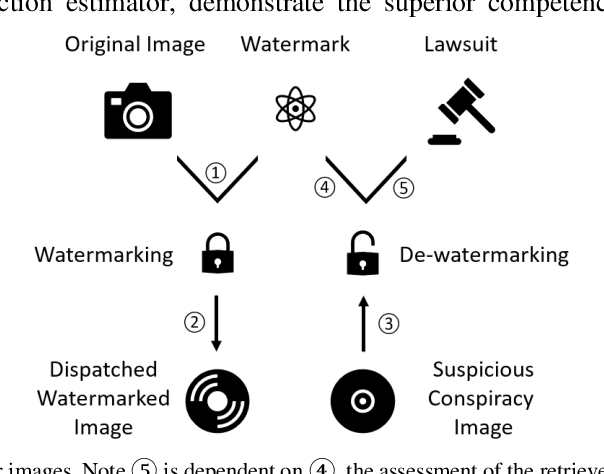
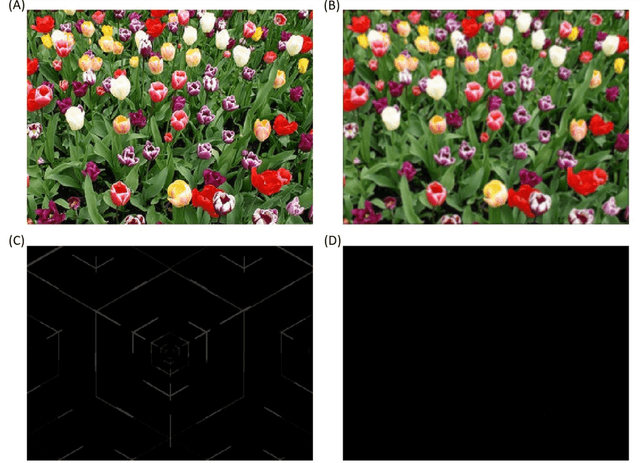
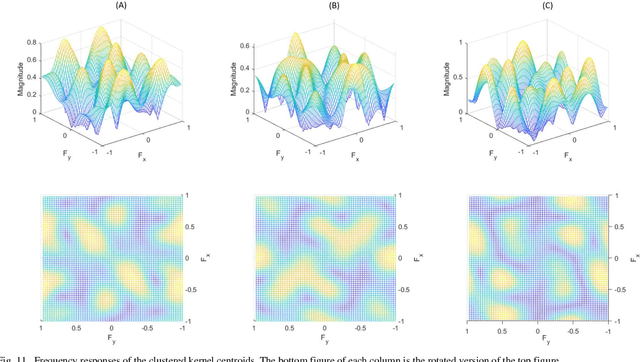

Abstract:Technologies of the Internet of Things (IoT) facilitate digital contents such as images being acquired in a massive way. However, consideration from the privacy or legislation perspective still demands the need for intellectual content protection. In this paper, we propose a general deep neural network (DNN) based watermarking method to fulfill this goal. Instead of training a neural network for protecting a specific image, we train on an image set and use the trained model to protect a distinct test image set in a bulk manner. Respective evaluations both from the subjective and objective aspects confirm the supremacy and practicability of our proposed method. To demonstrate the robustness of this general neural watermarking mechanism, commonly used manipulations are applied to the watermarked image to examine the corresponding extracted watermark, which still retains sufficient recognizable traits. To the best of our knowledge, we are the first to propose a general way to perform watermarking using DNN. Considering its performance and economy, it is concluded that subsequent studies that generalize our work on utilizing DNN for intellectual content protection is a promising research trend.
EEG-based Drowsiness Estimation for Driving Safety using Deep Q-Learning
Jan 08, 2020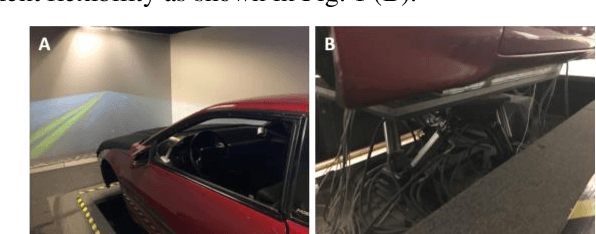
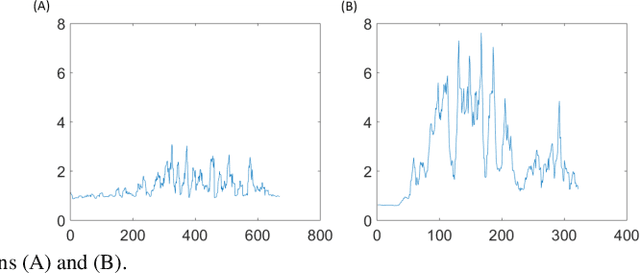
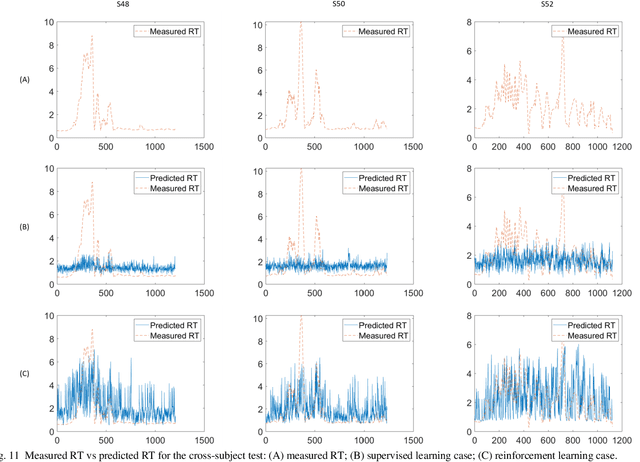
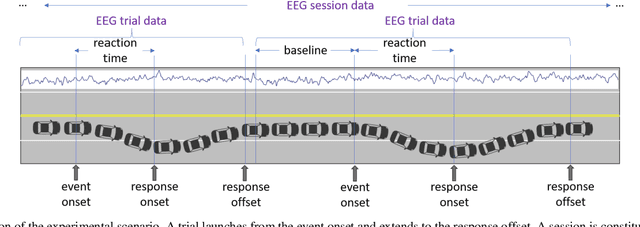
Abstract:Fatigue is the most vital factor of road fatalities and one manifestation of fatigue during driving is drowsiness. In this paper, we propose using deep Q-learning to analyze an electroencephalogram (EEG) dataset captured during a simulated endurance driving test. By measuring the correlation between drowsiness and driving performance, this experiment represents an important brain-computer interface (BCI) paradigm especially from an application perspective. We adapt the terminologies in the driving test to fit the reinforcement learning framework, thus formulate the drowsiness estimation problem as an optimization of a Q-learning task. By referring to the latest deep Q-Learning technologies and attending to the characteristics of EEG data, we tailor a deep Q-network for action proposition that can indirectly estimate drowsiness. Our results show that the trained model can trace the variations of mind state in a satisfactory way against the testing EEG data, which demonstrates the feasibility and practicability of this new computation paradigm. We also show that our method outperforms the supervised learning counterpart and is superior for real applications. To the best of our knowledge, we are the first to introduce the deep reinforcement learning method to this BCI scenario, and our method can be potentially generalized to other BCI cases.
 Add to Chrome
Add to Chrome Add to Firefox
Add to Firefox Add to Edge
Add to Edge